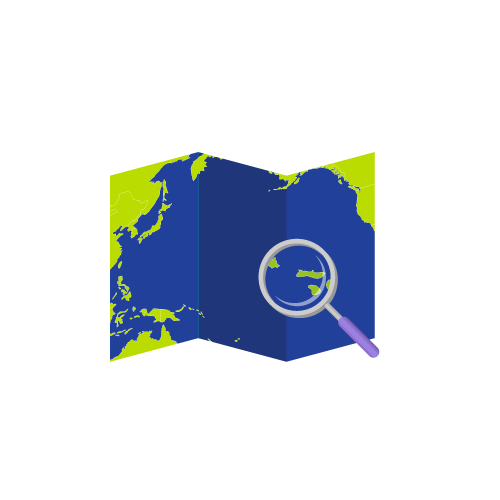In epidemiology, the term surveillance refers to “the systematic collection of epidemiologic information for the planning, implementation and assessment of disease control.” The field of public health is tasked with conducting ongoing data collection to control diseases, of both communicable and noncommunicable nature. The data collected through surveillance and monitoring efforts can be used to identify, define, and measure health problems and the factors that influence them, and then to analyze, interpret and disseminate the data to affect prevention and control efforts. By the end of this module, learners will be able to describe various concepts of and approaches to surveillance and monitoring for health in the Pacific.
Anonymous Mid-course Survey:
Please complete the Mid-course Survey by Friday July 15. Your feedback will be of great importance to your instructor in improving the quality of the course. Thank you very much for taking the time to complete the survey.
By the end of this module, you will be able to...
- Describe the purposes of health and nutrition surveillance and monitoring as it relates to childhood obesity and health
- Locate and describe existing health and nutritional surveillance and monitoring systems and methods in various regions and countries
